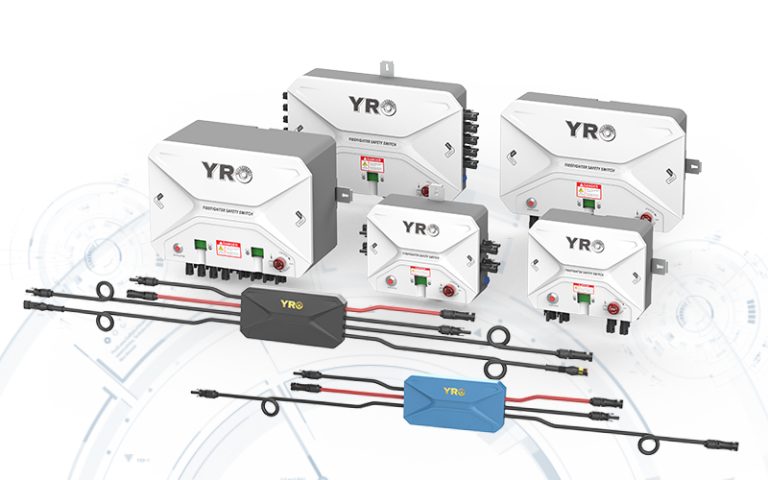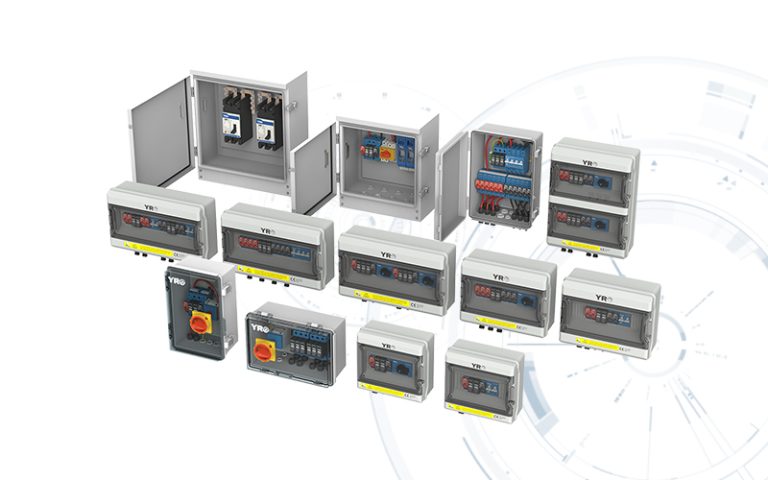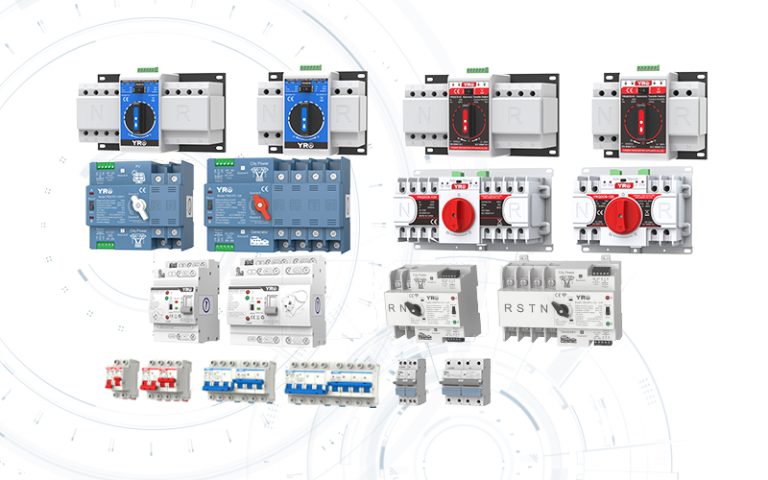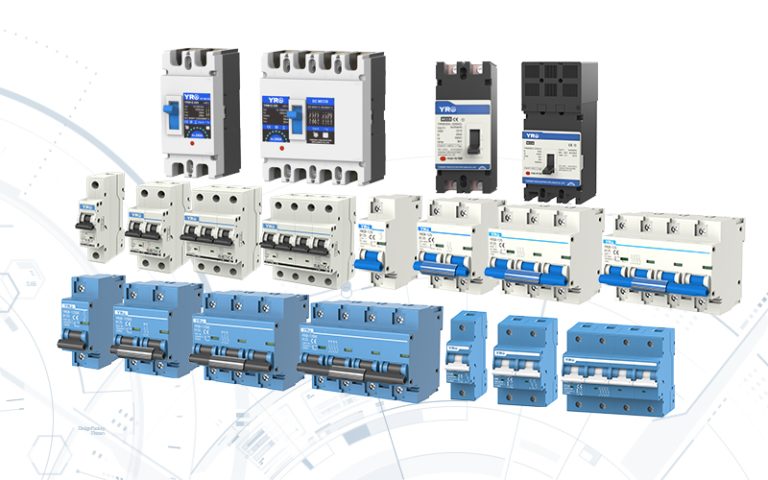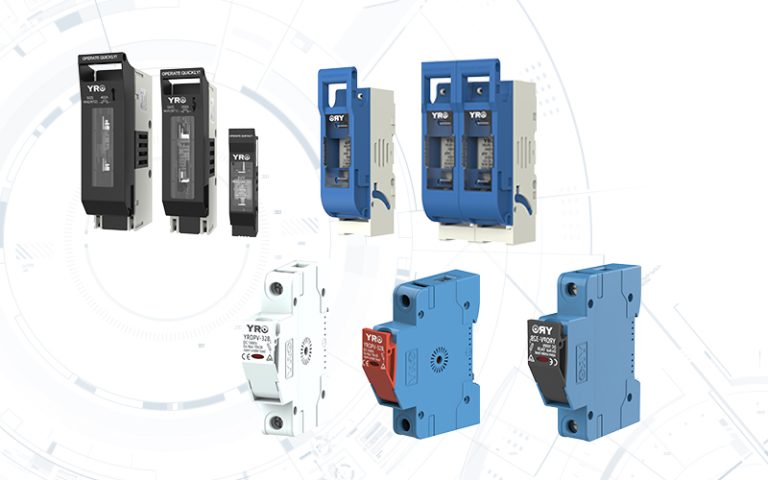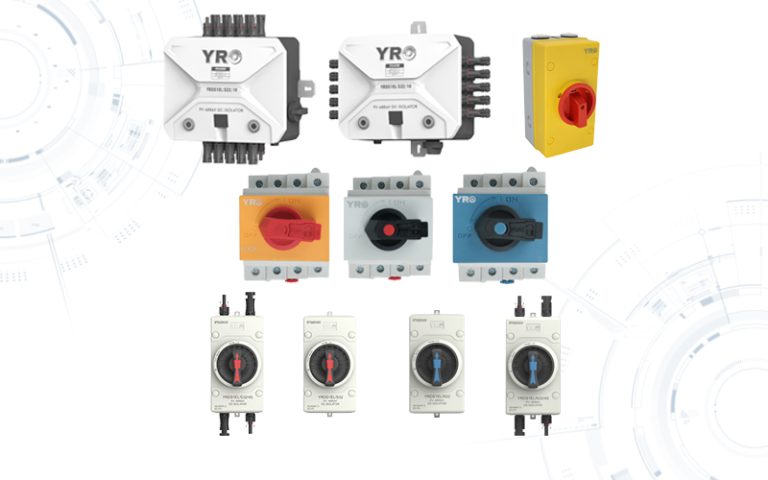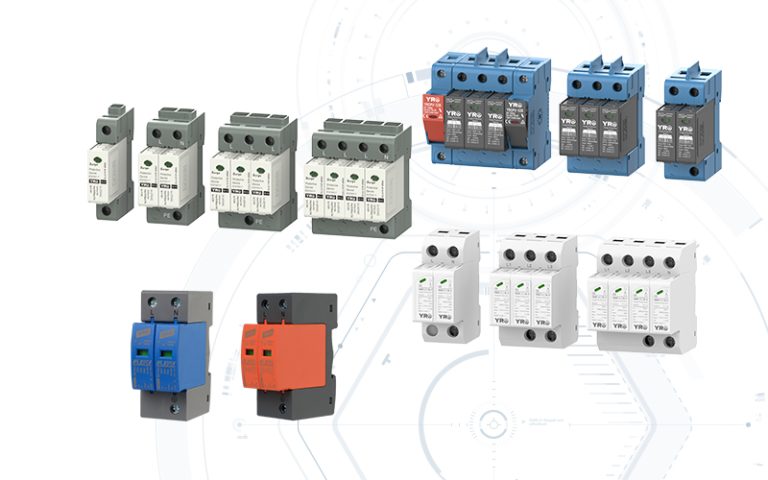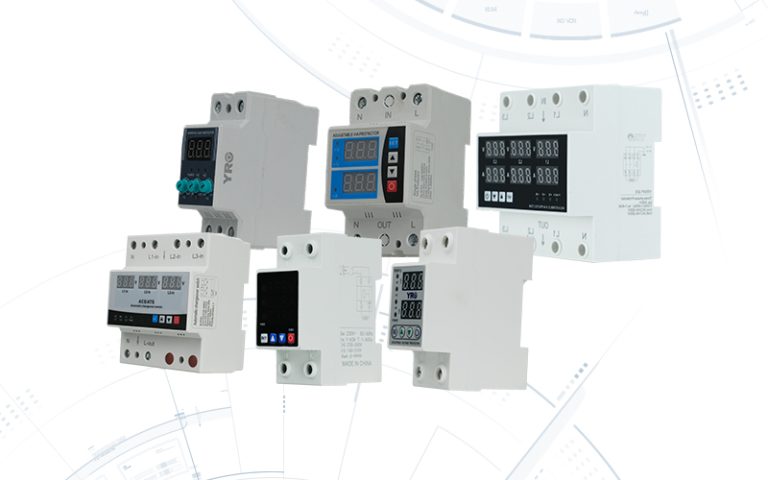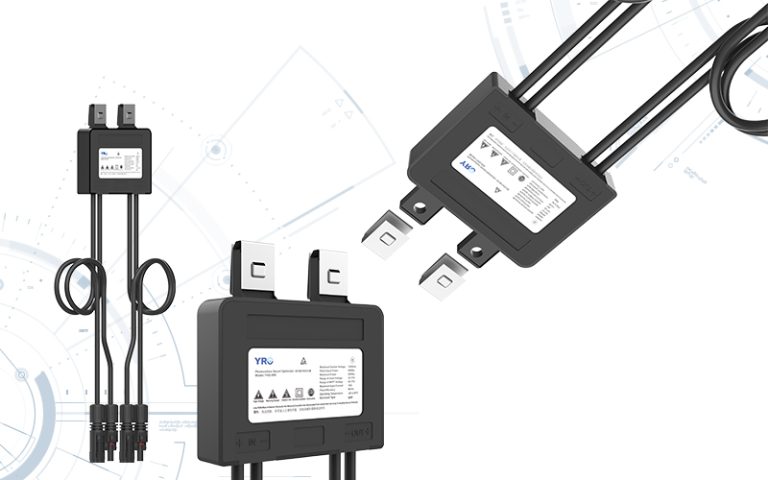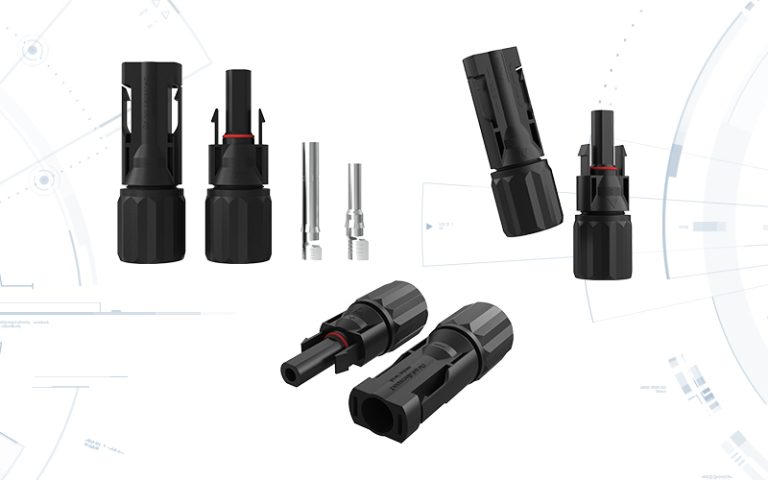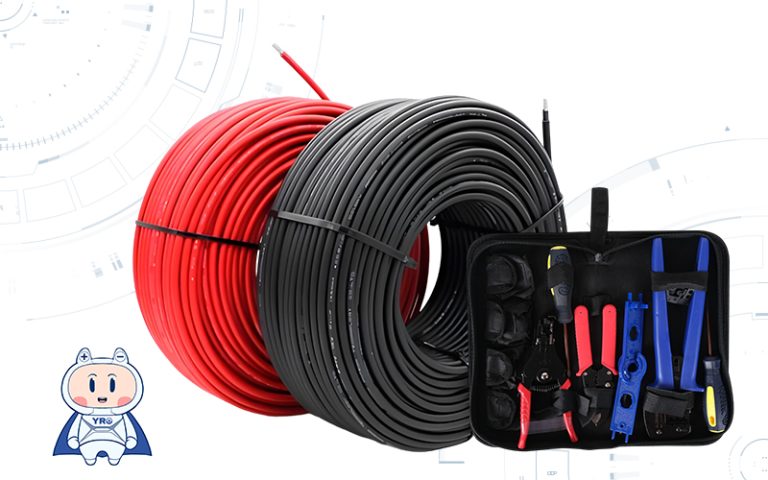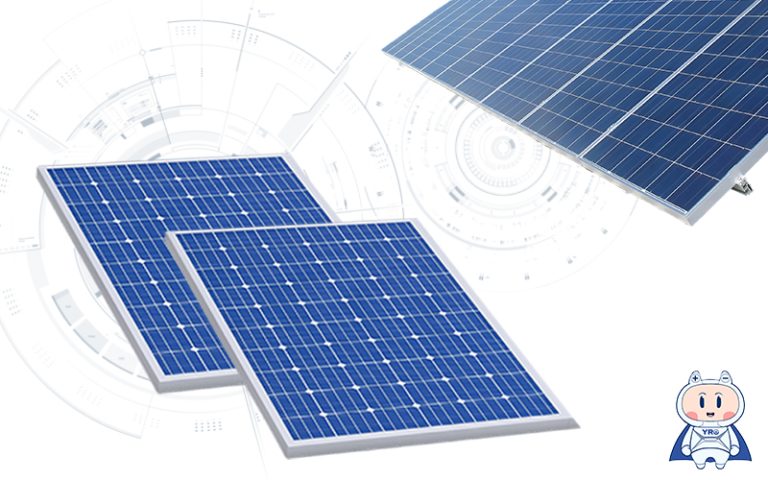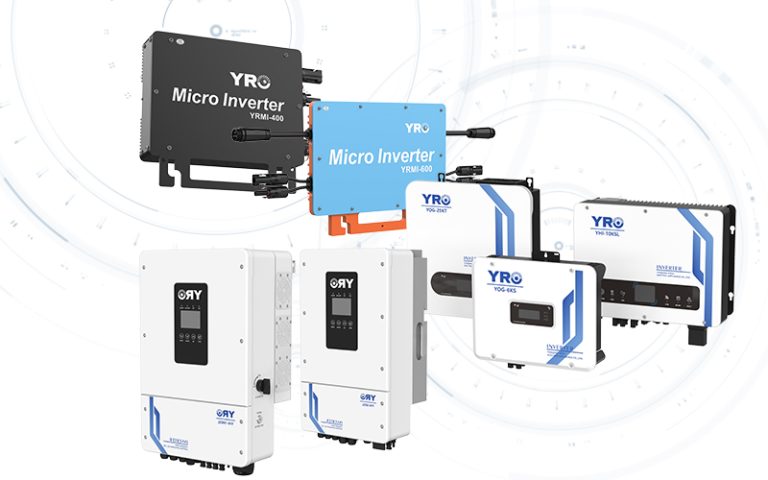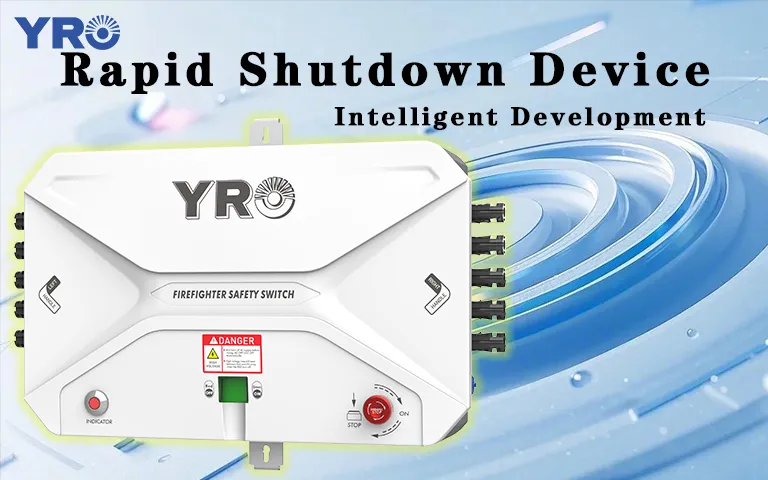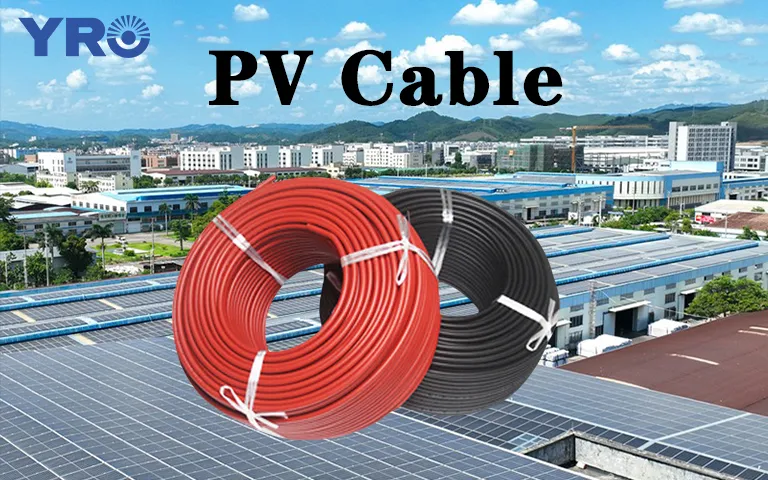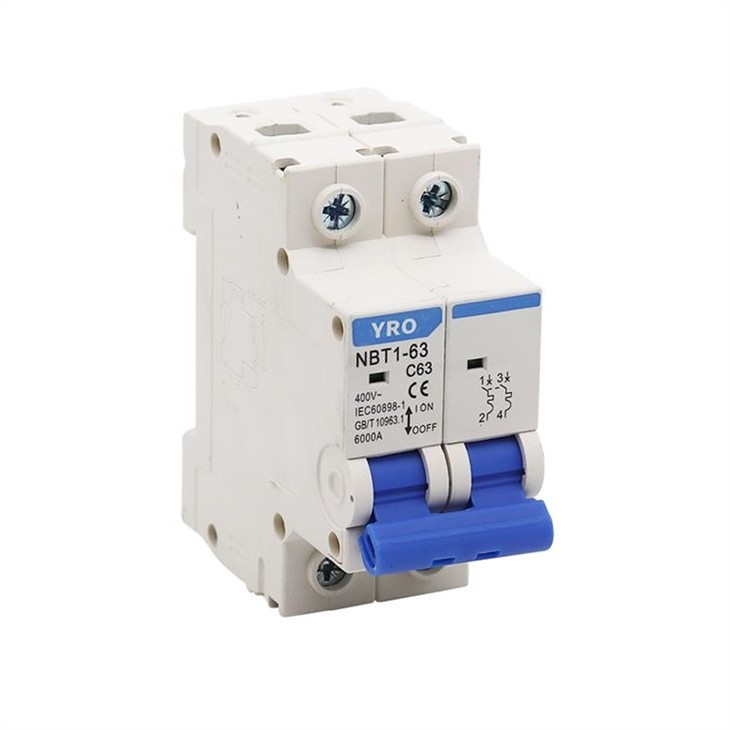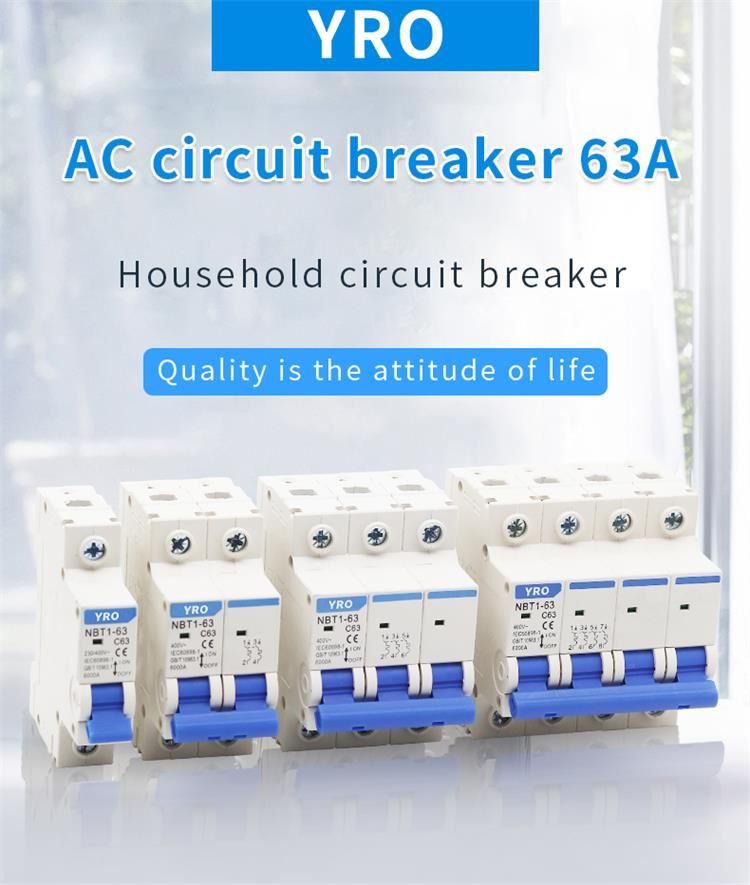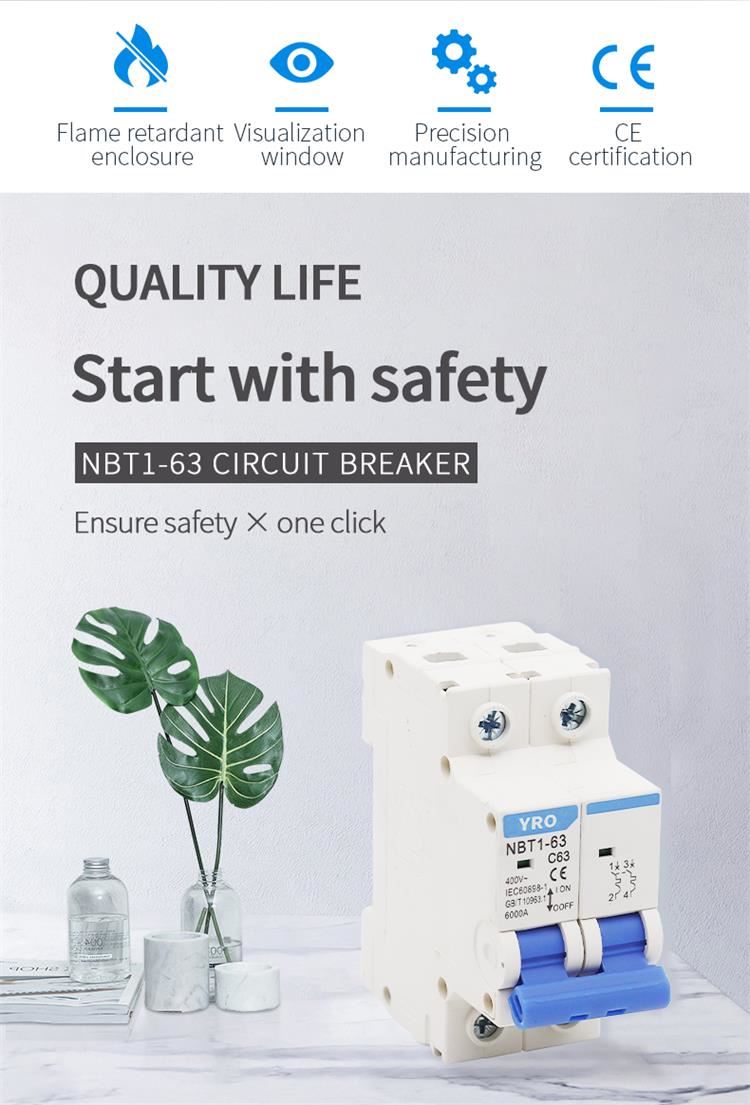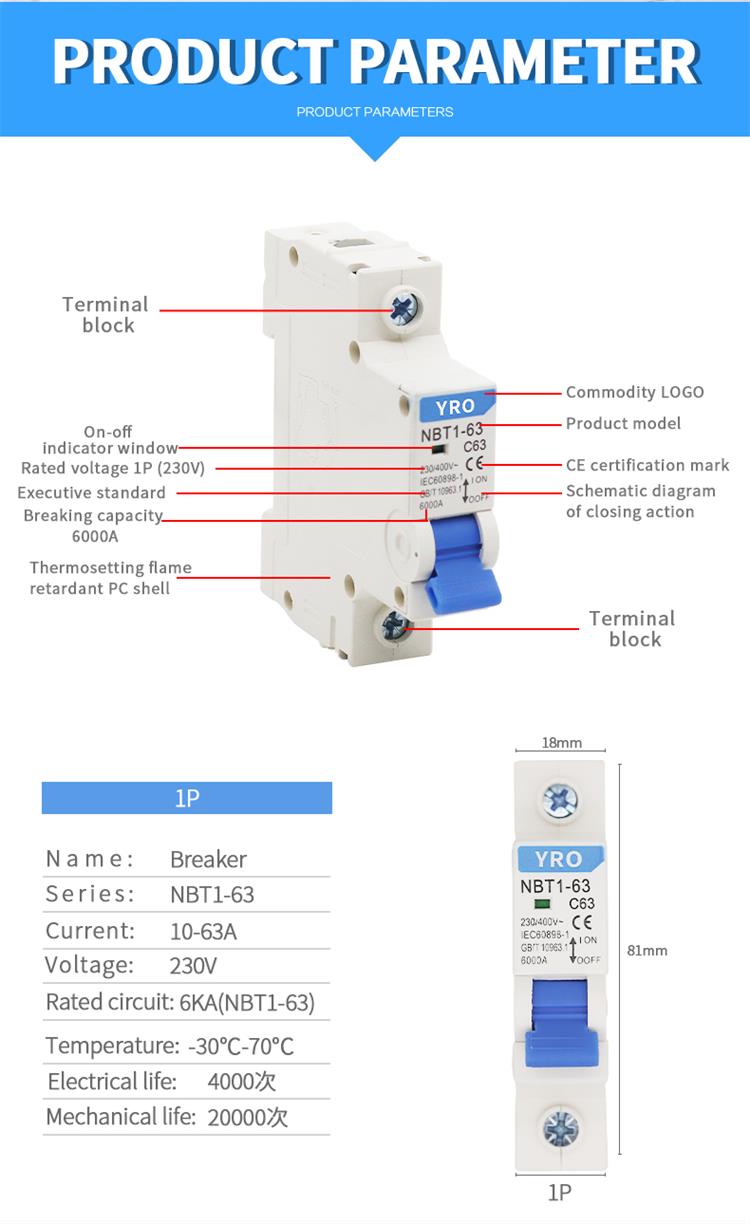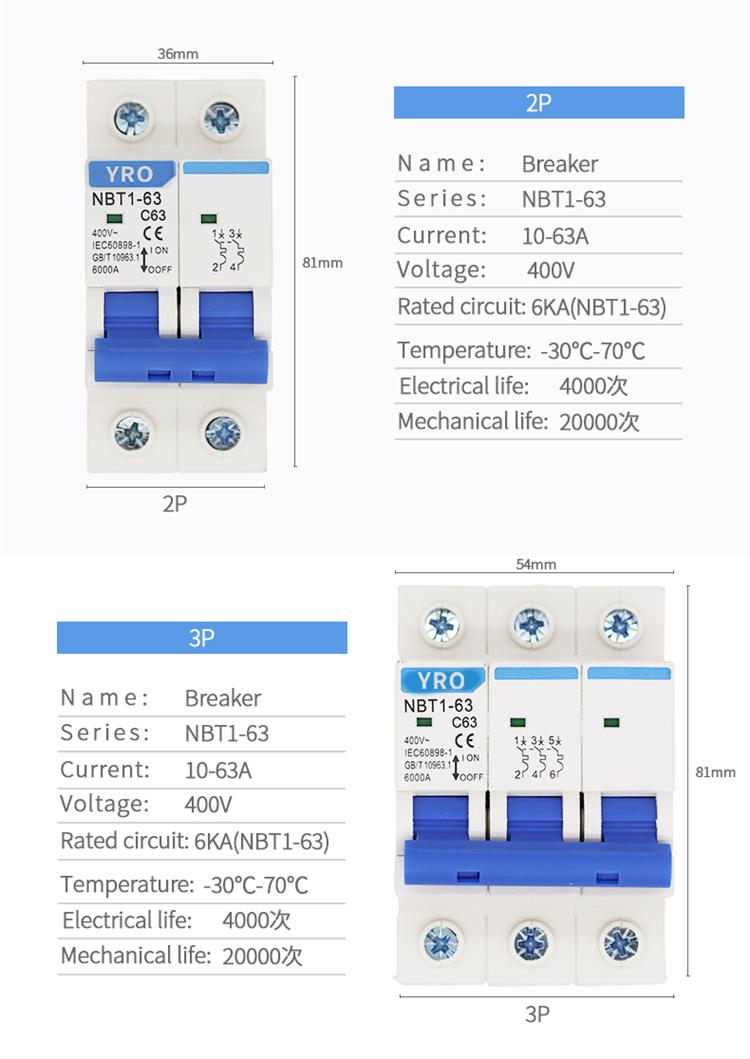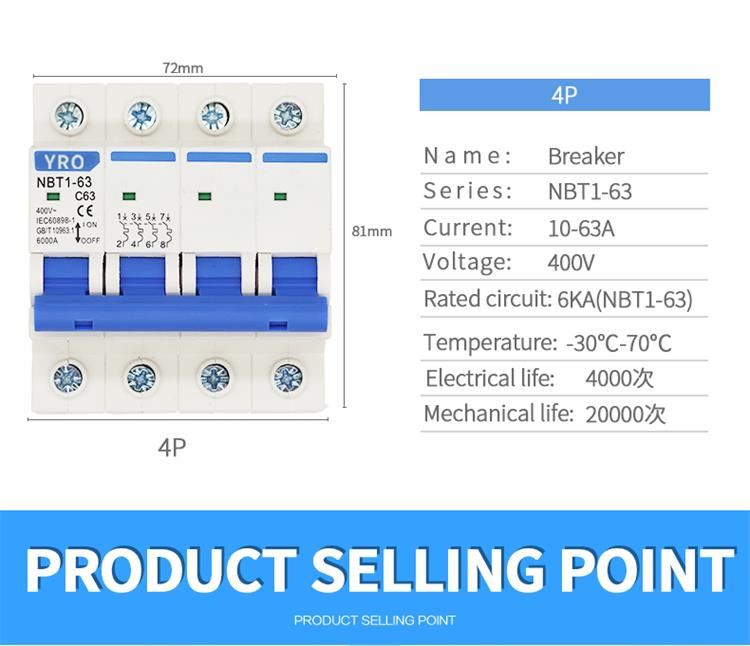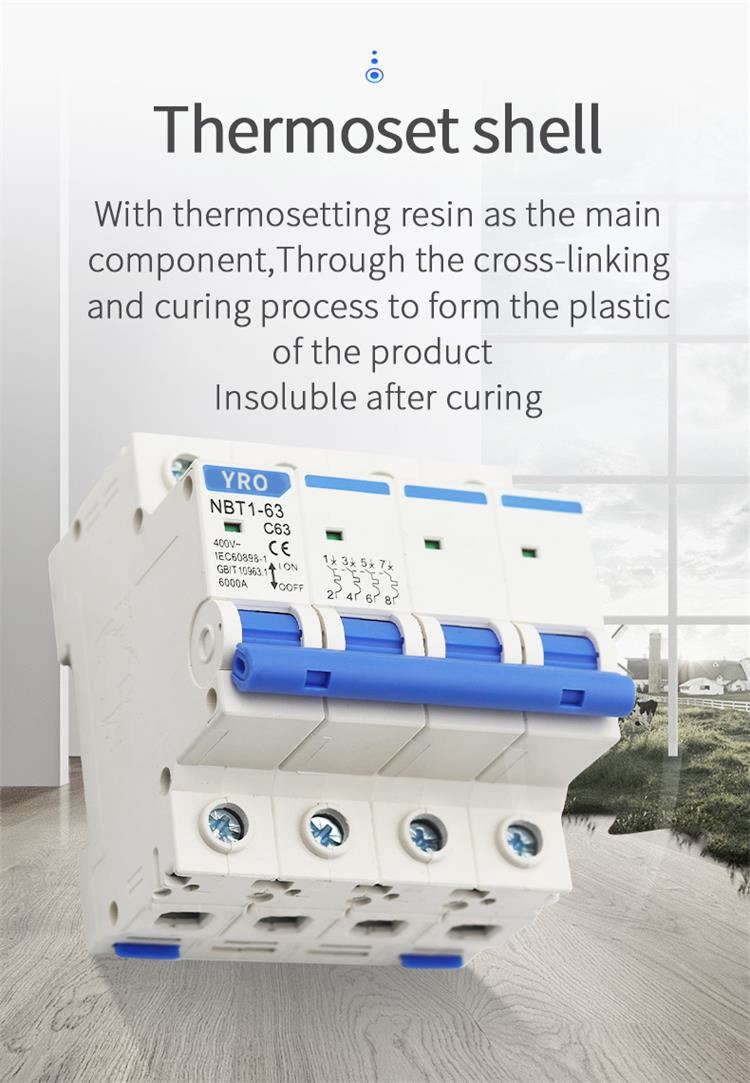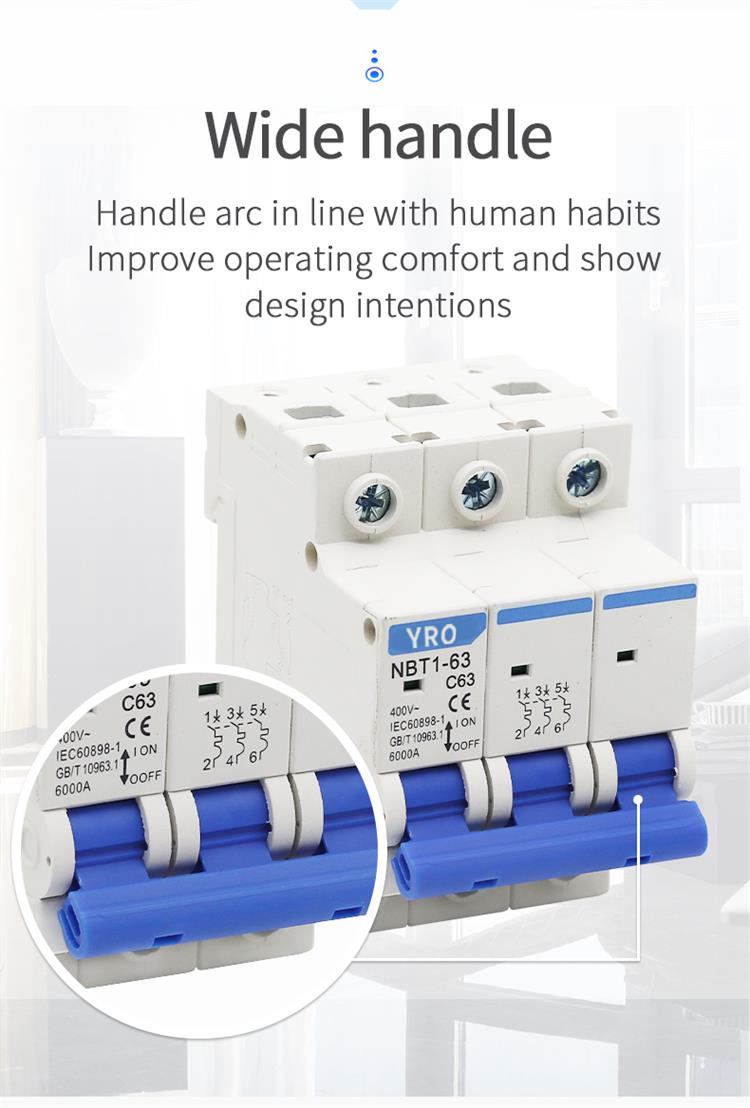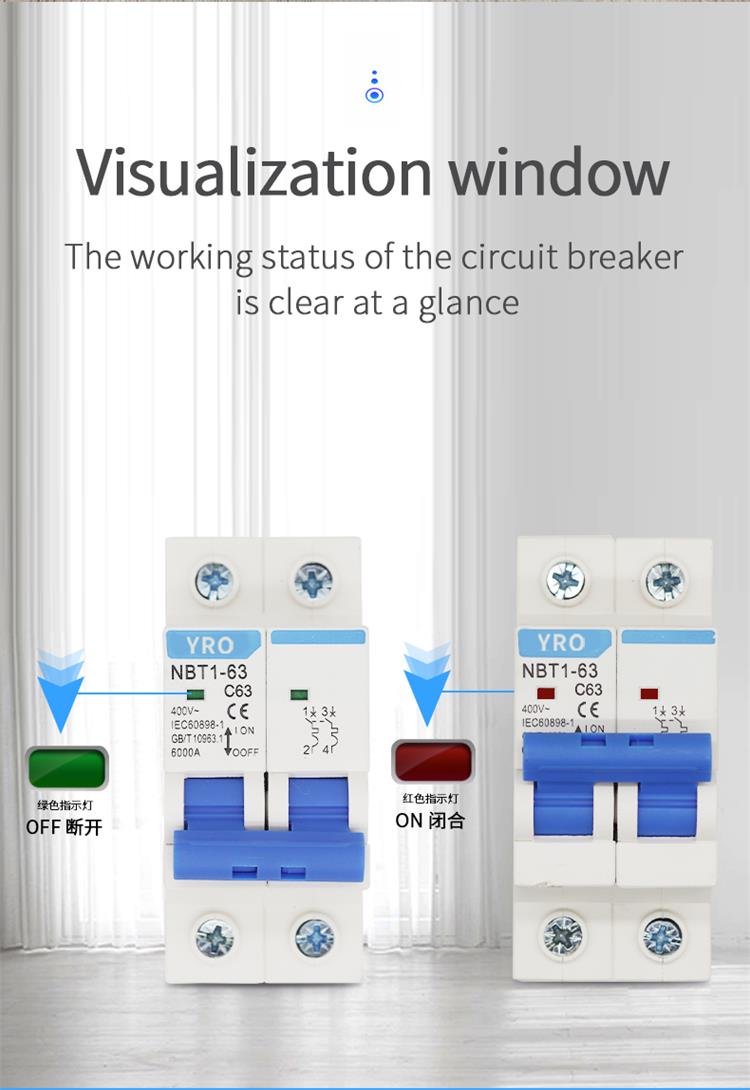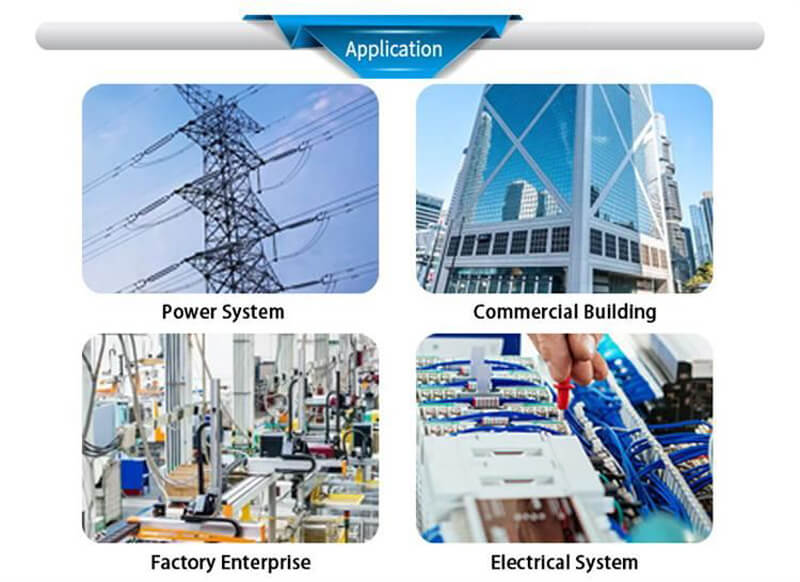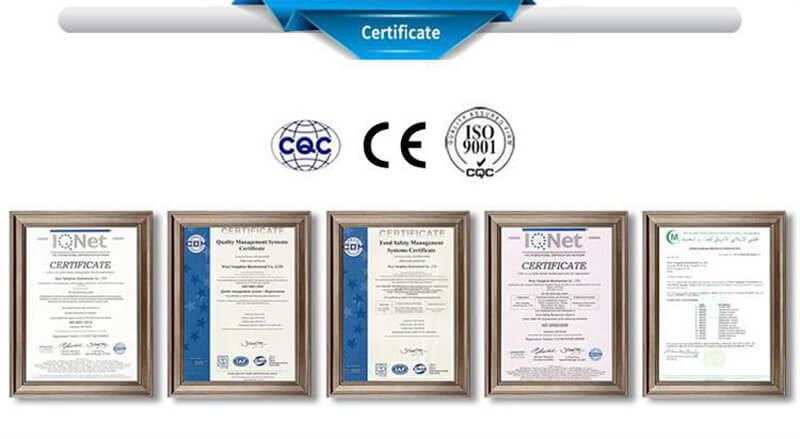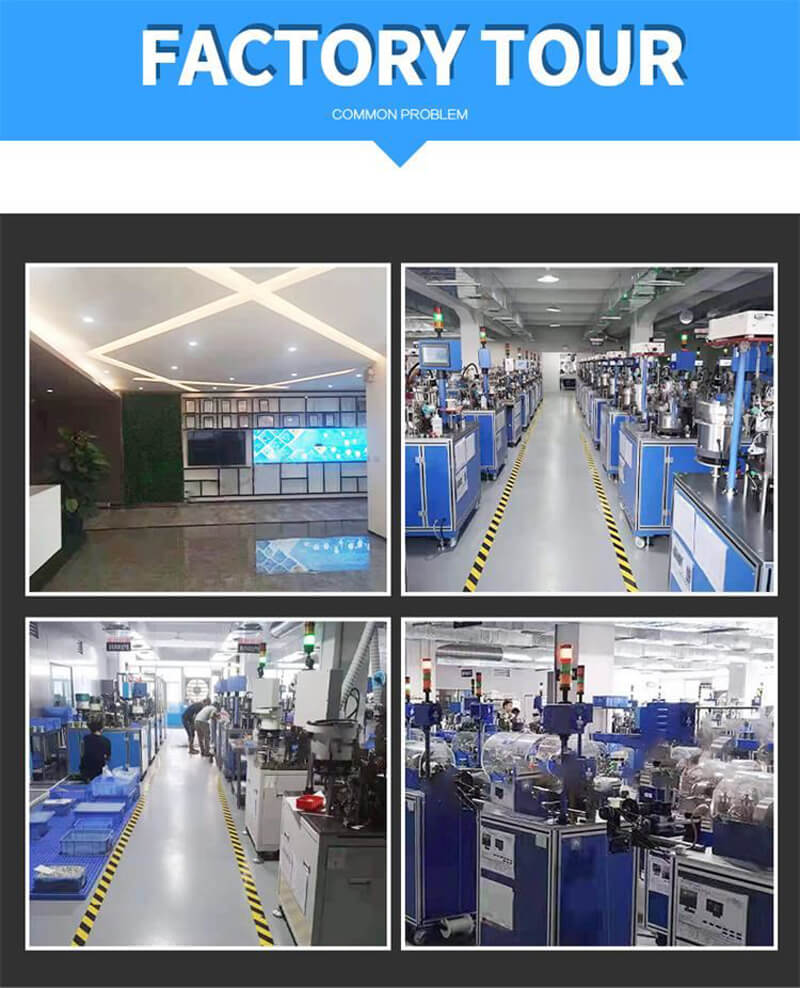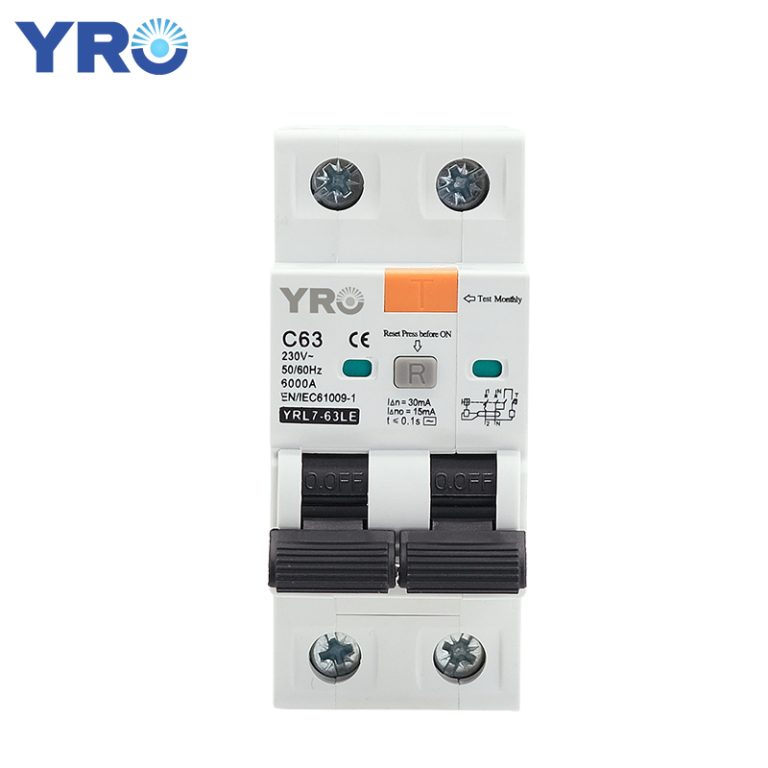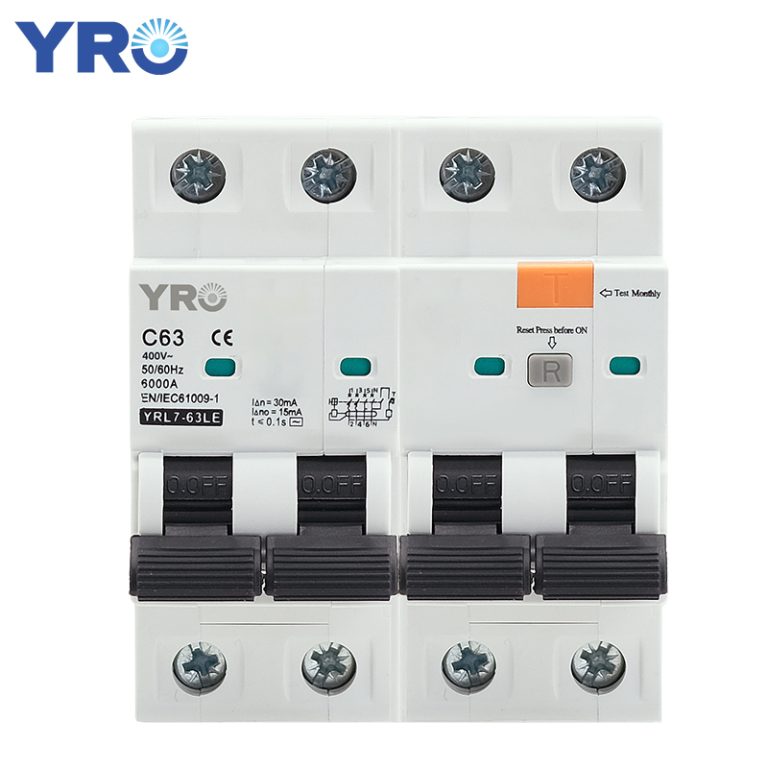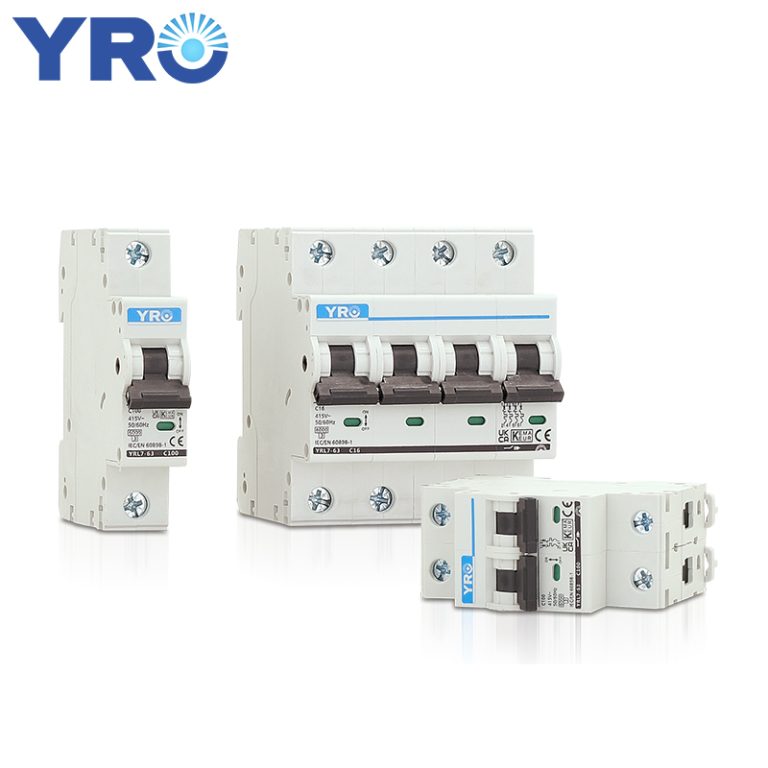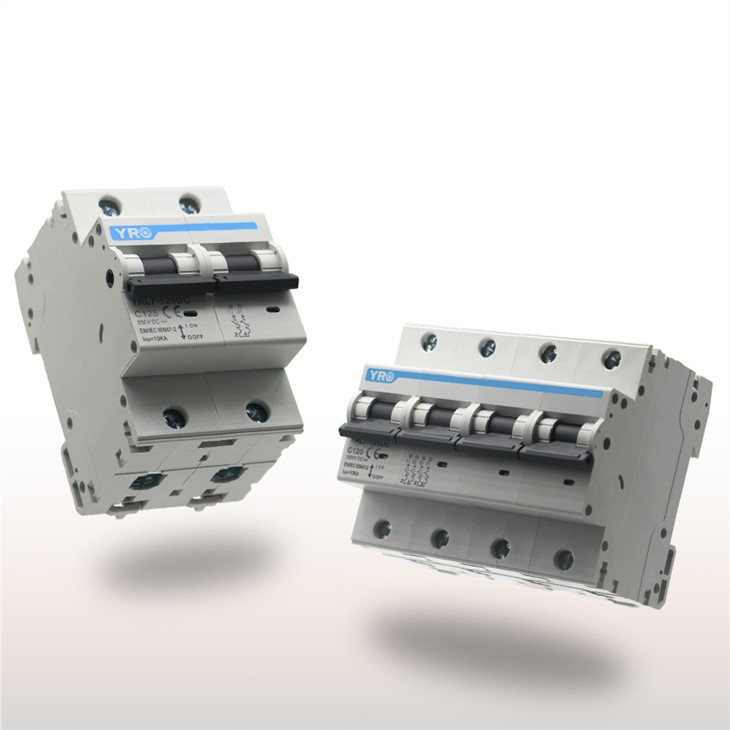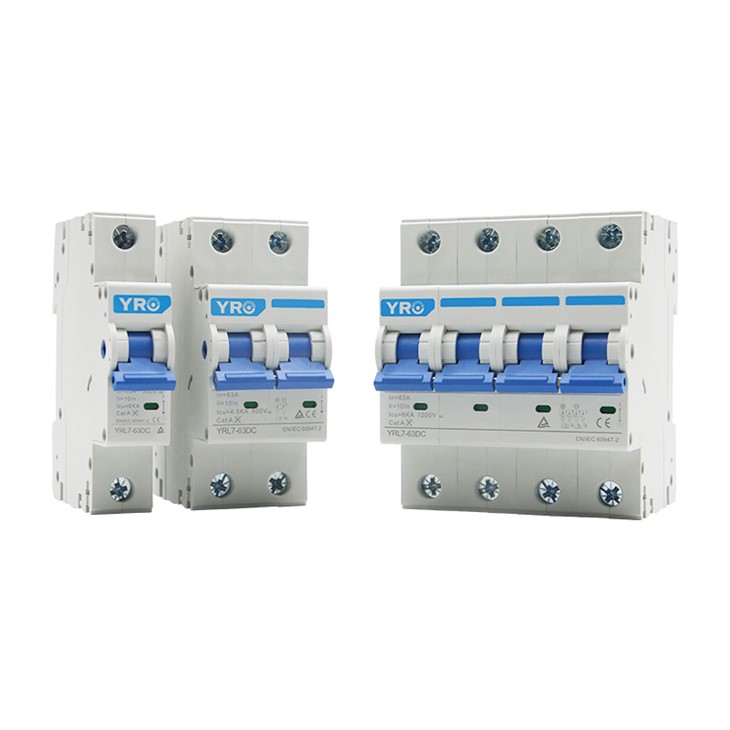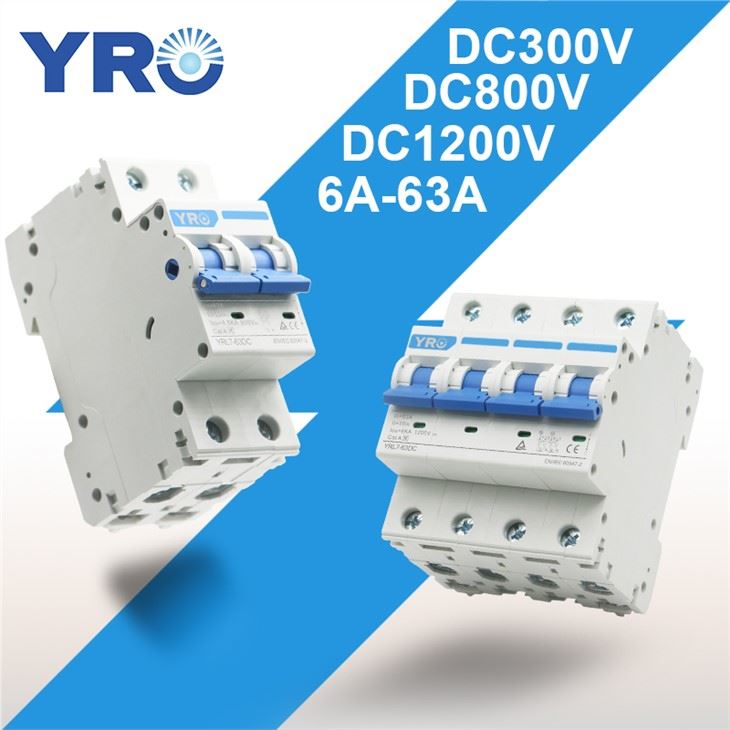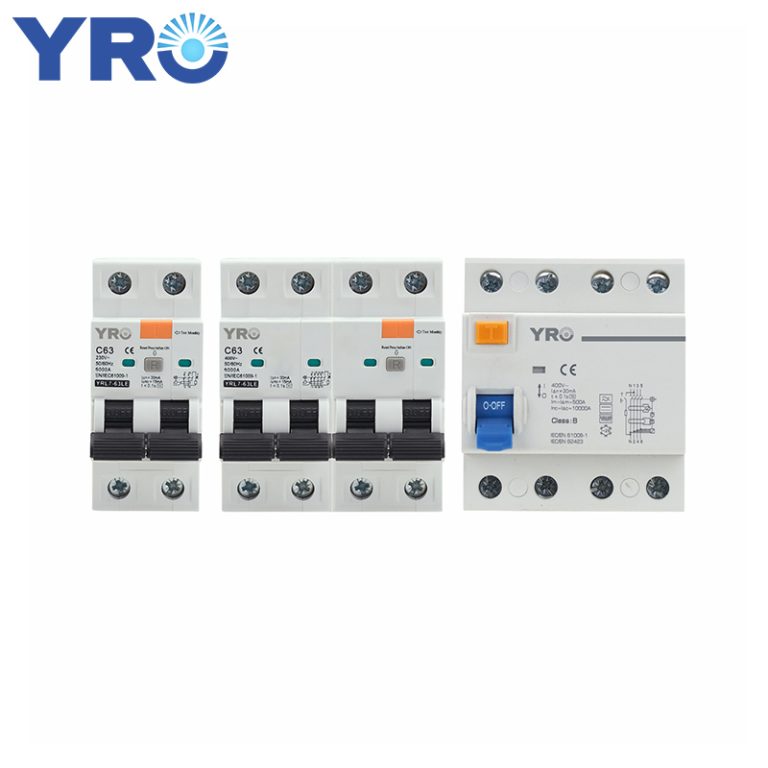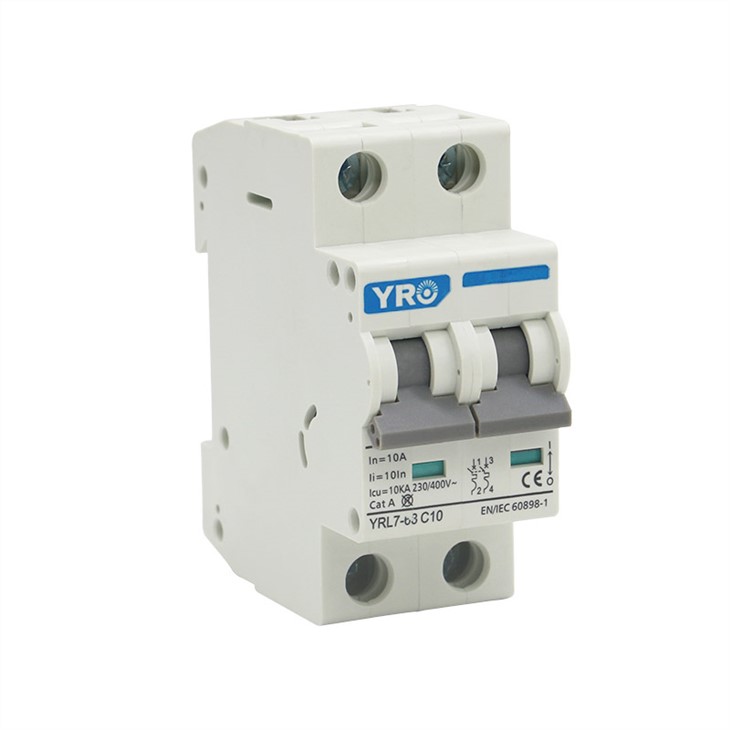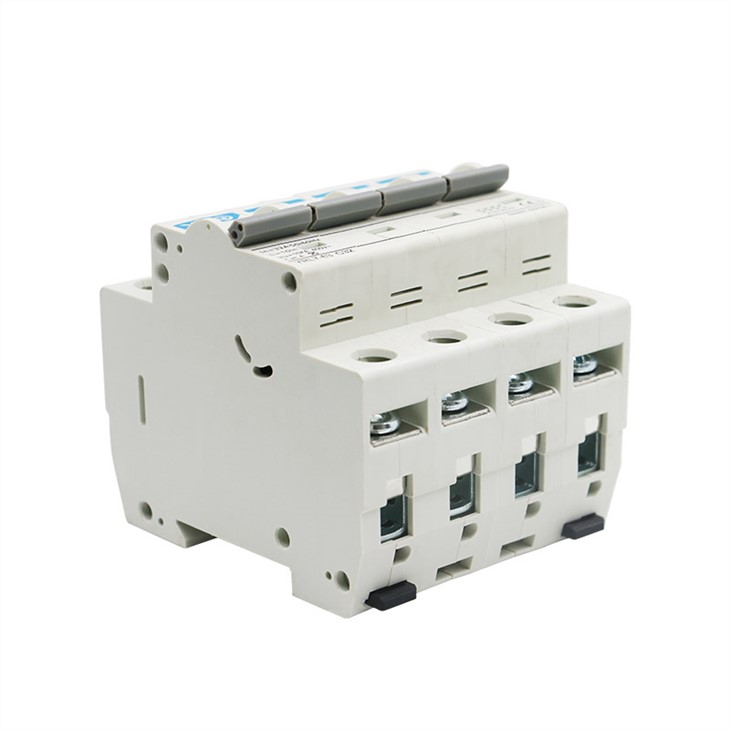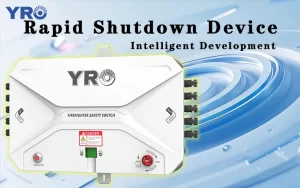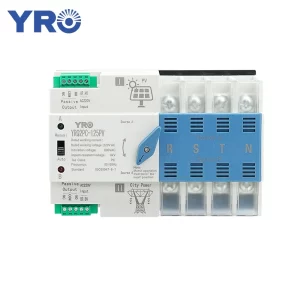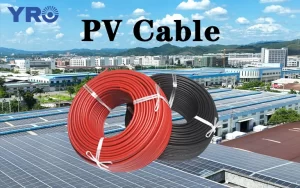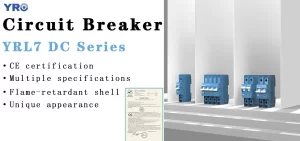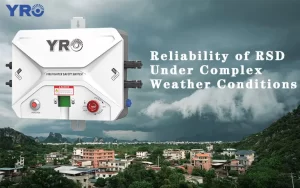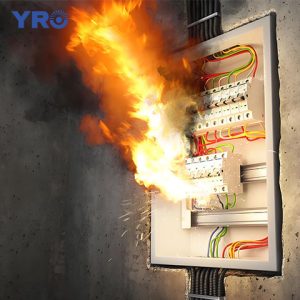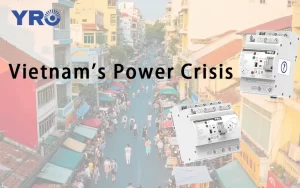NBT1-63 series small air switch adopts high-precision bimetallic material as time-delay overheat protection element, with accurate protection characteristics; the operating mechanism is a four-bar mechanism, with small operating force, reliable tripping and high sensitivity; the instantaneous tripping electromagnet has fine grading, light weight of moving iron core, small inertia, fast response and high sensitivity. Due to the internal Tibetan structure, there is no jamming phenomenon The reliability of the whole machine is improved; the moving contact is changed from the conventional beam type to the vertical beam type, which increases the rigidity and ensures the closing force of the contact under the hot state. The volume of the moving contact is small and the moving inertia is small, which ensures the moving speed of the moving contact after breaking, which is conducive to the rapid transfer of the arc.
Product Specification
| Product Model | Rated Current(A) | Pole | Rated Voltage(V) | Breaking Capacity | Tripping curve |
| NBT1-63 | 1,3,6,10,16,20,25,32,40,50,63 | 1,2 | 230/240 | 6kA | B,C,D |
| 1,2 | 230/400,240/415 | ||||
| 2,3,4 | 400/415 |
Product Features
1. The connection terminal adopts frame structure, and the connection is firm and reliable
2. The accessories are complete, including auxiliary contact, alarm contact, shunt release, under voltage release, over-voltage release, over-voltage and under voltage release, which provides great convenience for intelligent application
3. Product standard: iec60898-1 / GB 10963.1
4. Product certification: CE
After fusing, the cause of fusing should be found out and the fault should be removed. The reason of fusing is short circuit or overload, which can be judged according to the situation of fusing.
When the melt melts under overload, the noise is not big, the fuse only melts in one or two places, the variable cross-section melt only melts in a small section, and there is no burning phenomenon in the fuse tube.
When the melt is burnt out under short circuit, the sound is very loud, the melting part is big, and there is burning phenomenon in the melting tube. According to the cause of fusing, find out the fault point and remove it.
When changing the melt, the specification of melt should be suitable for the nature of load and line current.
After decades of years, through the unremitting efforts of Yirui people, we have achieved today’s achievements: professional technical support and rich working experience, broad market space, good corporate reputation, and lay the foundation for providing timely, thoughtful and warm service for our customers. With the continuous development of the company, we will, as always, be committed to providing more professional and comprehensive services for customers. In the fierce market competition, we will continue to develop together with customers and make common progress!
FAQ
Q1: How do I know if my electrical panel is full?
A1: If all the slots in your fuse box contain breakers, you assume it’s full. However, take a look at the diagram inside the door. It indicates how many circuits a breaker box can handle. If you see a 20/40 notation, that means your box has 20 spaces for breakers and the capacity to operate with 40 circuits.
Q2: Can I put a 200 amp breaker in a 100 amp panel?
A2: The electrician needs to do a load calclulation and see if the house needs to be upgraded. It may be that you just need a larger panel with more spaces, and not more current. You cannot put a 200 amp main breaker panel on a 100 amp service, unless the service is protected at 100 amps.
Q3: What does a double 100 amp breaker mean?
A3: It depends on what you mean when you say it has double 100 amp breakers. If you mean the breaker has 2 handles that are tied together and both handles say 100 amps then no it is only a 100 amp service. If you see 4 handles tied together then it would most likely be 200 amps.
Q4: How does a 240 volt breaker work?
A4: The way you get a 240-volt circuit is simple. A “double-pole” circuit breaker is clipped into both 120 buses at the same time, so the voltage to the circuit is doubled. That’s why 240-volt circuits need two hot wires and a neutral to carry the electricity to the appliance, plus a ground wire.
Q5: What are the standard breaker sizes?
A5: Standard sizes for fuses and fixed trip circuit breakers, per 240.6, are 15, 20, 25, 30, 35, 40, 45, 50, 60, 70, 80, 90, 100, 110, 125 amps.

